Write Us
We are just a call away
[ LET’S TALK AI ]
X
Discover AI-
Powered Solutions
Get ready to explore cutting-edge AI technologies that can transform your workflow!

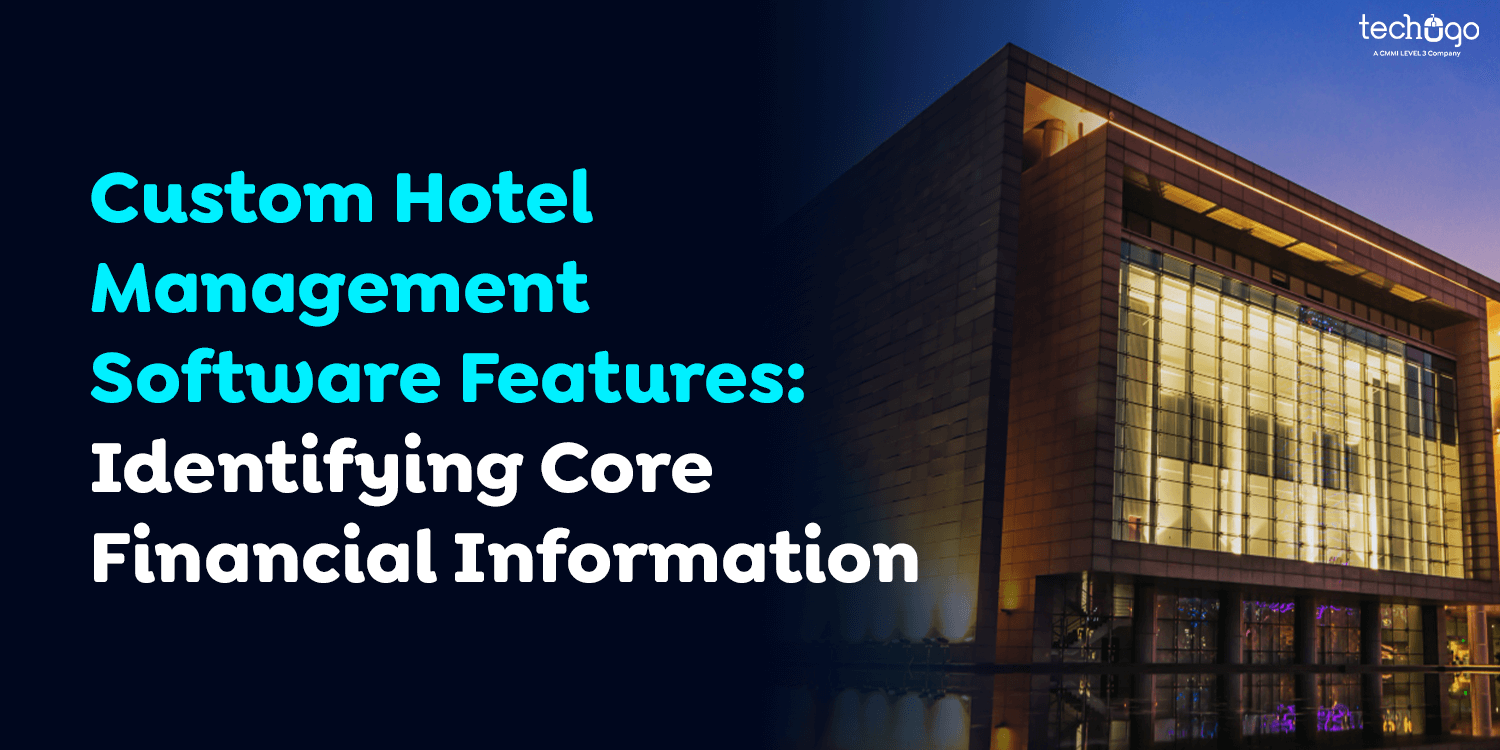
Developing your own hotel management software is a challenging but worthwhile task that can lead to significant changes in the way hotels are run, increase guest satisfaction, and enhance revenues. Whether you are a software developer, a hotel owner, or an entrepreneur who is planning to venture into the hospitality industry, it is imperative to learn about the features and the money involved. This blog will provide a step-by-step process for developing a custom hotel management system, its features, and the costs involved.
Here are some of the reasons why opting for custom-made hotel management software features is more beneficial than resorting to the readily available ones. This makes it possible to have features that address specific needs of your hotel, and this is done in a way that does not interfere with other aspects of the business. When it comes to the needs of your hotel, custom software can help to improve efficiency and profitability, deliver a better guest experience, and offer a winning proposition in the competitive hotel market.
Therefore, to sustain competitiveness in the hotel industry, there is a need to adopt technological changes. Let me explain how the current hotel management software can help you transform your hotel management to a whole new level.
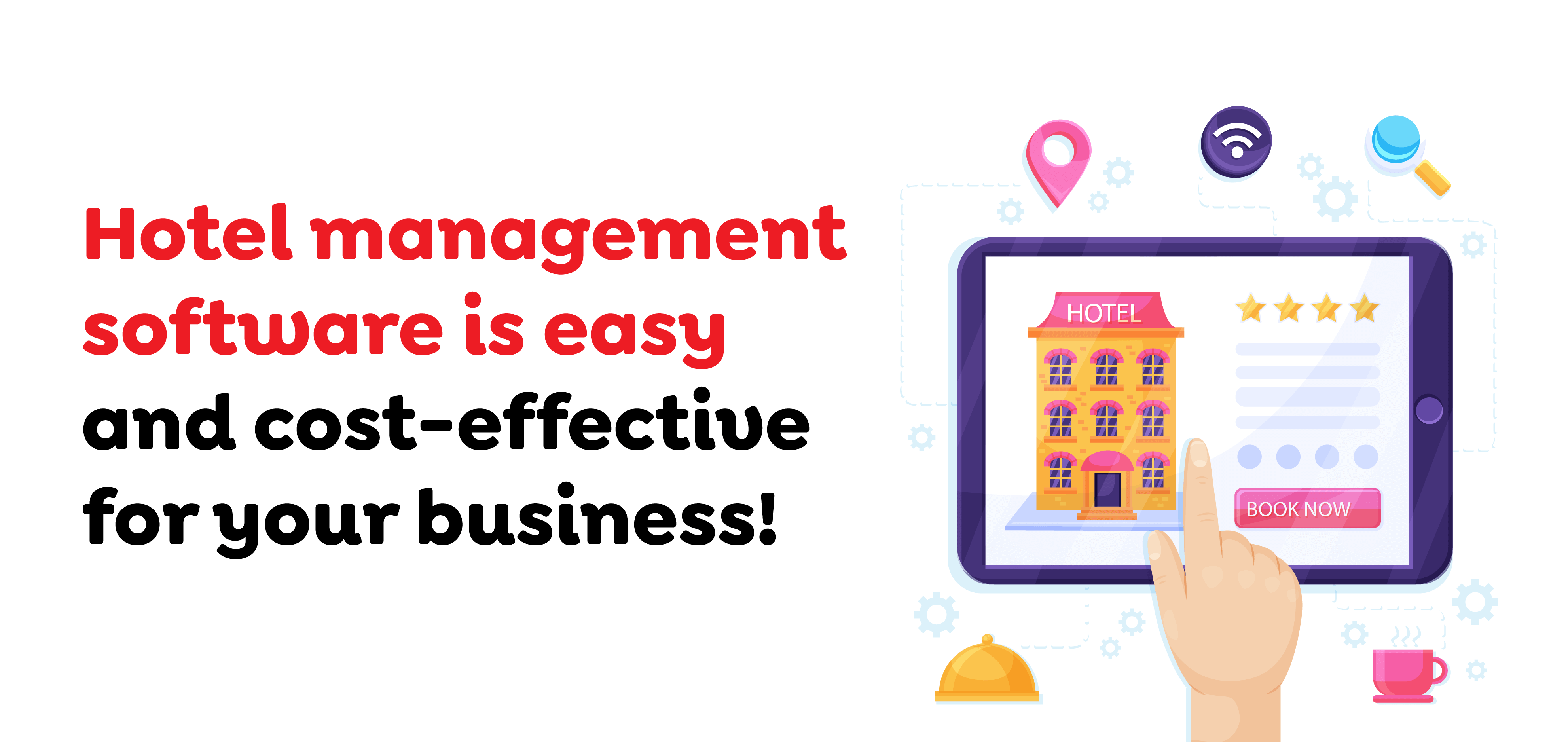
Hotel management software features are a complex and lucrative product that can revolutionize the hotel business and enhance its performance, guests’ satisfaction, and revenues. If you are a software developer, a hotel owner, or an entrepreneur in the hospitality business, then it is high time to learn about property management system (PMS) features and costs. This blog post will walk you through the creation of custom hotel management software, including the process flow, important functionalities, and cost considerations.
There are several ways in which customized hotel management software is likely to be more effective than the off-the-shelf alternatives. This enables the provision of specific solutions that would best suit the requirements of your hotel, thus complementing other procedures and programs effectively. Thus, when it comes to your hotel, the custom software development will help to optimize its work, improve the quality of service, and stand out among competitors.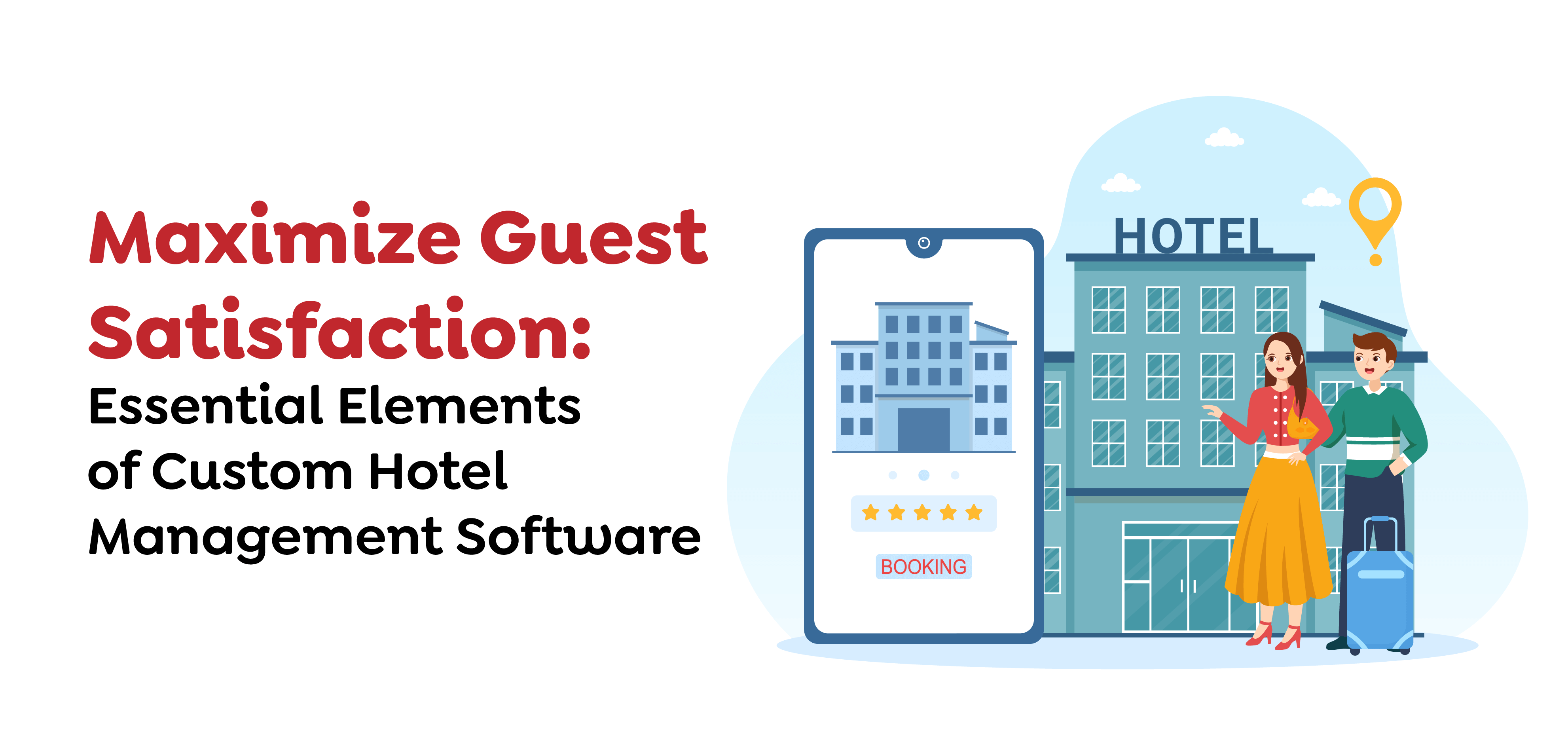
Among the most significant advantages of using custom software are the automation of various processes, for instance, room booking, check-in and check-out procedures, and inventory management. Automating a process takes out the human element that is prone to errors, improves productivity, and allows the employees to concentrate on providing quality customer service. Also, a properly developed software product can be a source of information and business intelligence to help you optimize your business processes and increase profitability.
The process of creating software for hotel management entails incorporating the following features that are essential for the proper running of a hotel:.
Reservations: These are a critical component of any hotel management solution because they are the central tool for organizing and managing bookings. It should allow:
Also Read : How to create a booking app like Booksy: Features, Cost, and Business Model
front desk management : Accurate and efficient front desk management is vital when it comes to delivering quality service to guests. Key functionalities include:
Housekeeping Management: Housekeeping management is responsible for maintaining the cleanliness of the rooms. Features should include:
Billing and Invoicing: Accurate billing and invoicing is a critical function of hotel operations. Key features include:
Channel management : it is the process of managing a hotel’s room inventory and rates across different booking channels. Features include:
Customer Relationship Management (CRM): The CRM module assists in cultivating and sustaining a good and healthy relationship with the guests. Features should include:
Reporting and analytics: Reporting and analytics are important functions that are used to inform the management of the organization. Key features include:
Integration with Third-Party Systems: This is where the integration of the hotel management software with other systems and services comes in handy. Integrations to consider include:
Mobile Accessibility: the advancement in the use of technology and gadgets, mobile accessibility is very important. Features should include:
Security and compliance: It is crucial to protect the guests’ data and meet the requirements of the legislation. Features should include:
The following are some of the features that can be incorporated into the custom hotel management software to improve the performance and revenue of hotel businesses. This way, you will be able to come up with a solution that is customized to the specific needs of your hotel, enhance the experience of the guests, and gain a market edge.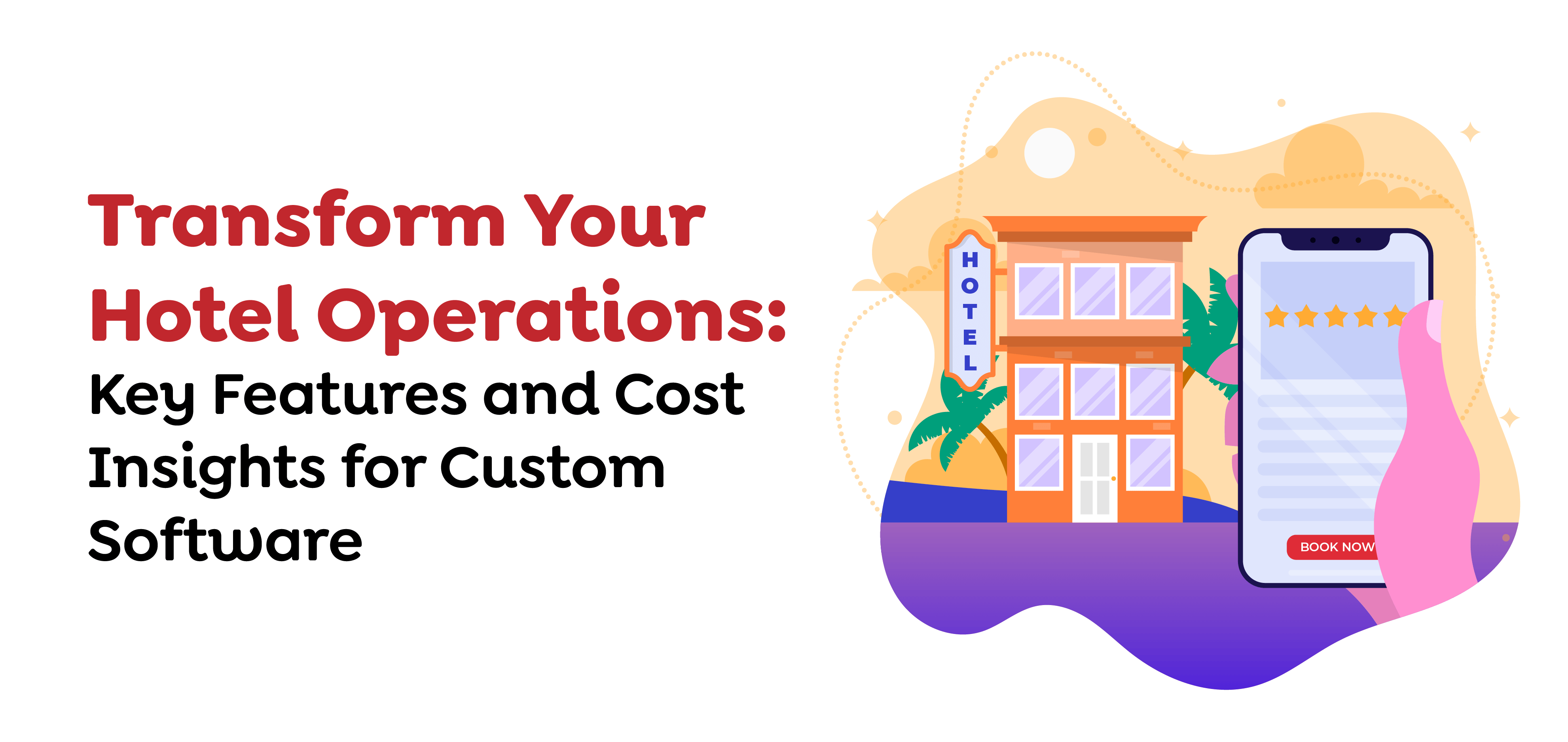
Developing a hospitality software solution for building a hotel involves several steps, which start from the design stage up to implementation and support.
Gathering and Analysis of Requirements: The first step is to gather the requirements of the product that is to be developed. This involves:
Also read : How to Keep Track Of Employee Performance with Latest technologies?
User Stories and Use Cases: Listing out the user stories and use cases to describe how various users and stakeholders will engage with the software application.
Also Read : Can Virtual Reality Affect Mobile App’s UI/UX?
Development: This is the third phase of the software development life cycle and entails the writing of the actual code that makes the software. Key activities include:
Also Read : DICOM Medical Imaging Software Development: Factors & Financial Considerations
Testing: It is important to test the software extensively to make sure that it does not have any flaws or issues. Testing activities include:
Also Read : Which AR/VR Testing Tools Should You Use For Your AR/VR App?
Deployment: When testing is done, the software is now ready for deployment to the intended clients. This involves:
Support and maintenance: After the implementation process, it is crucial to provide support and maintenance for the system to run efficiently. This includes:
When implementing the above stages, you can be assured of coming up with comprehensive and efficient hotel management software that fits your hotel’s needs, improves its operations, and delivers quality services to your clients.
Also Read : Ship Management Software Reshaping the Logistics Industry: Harnessing the Potential!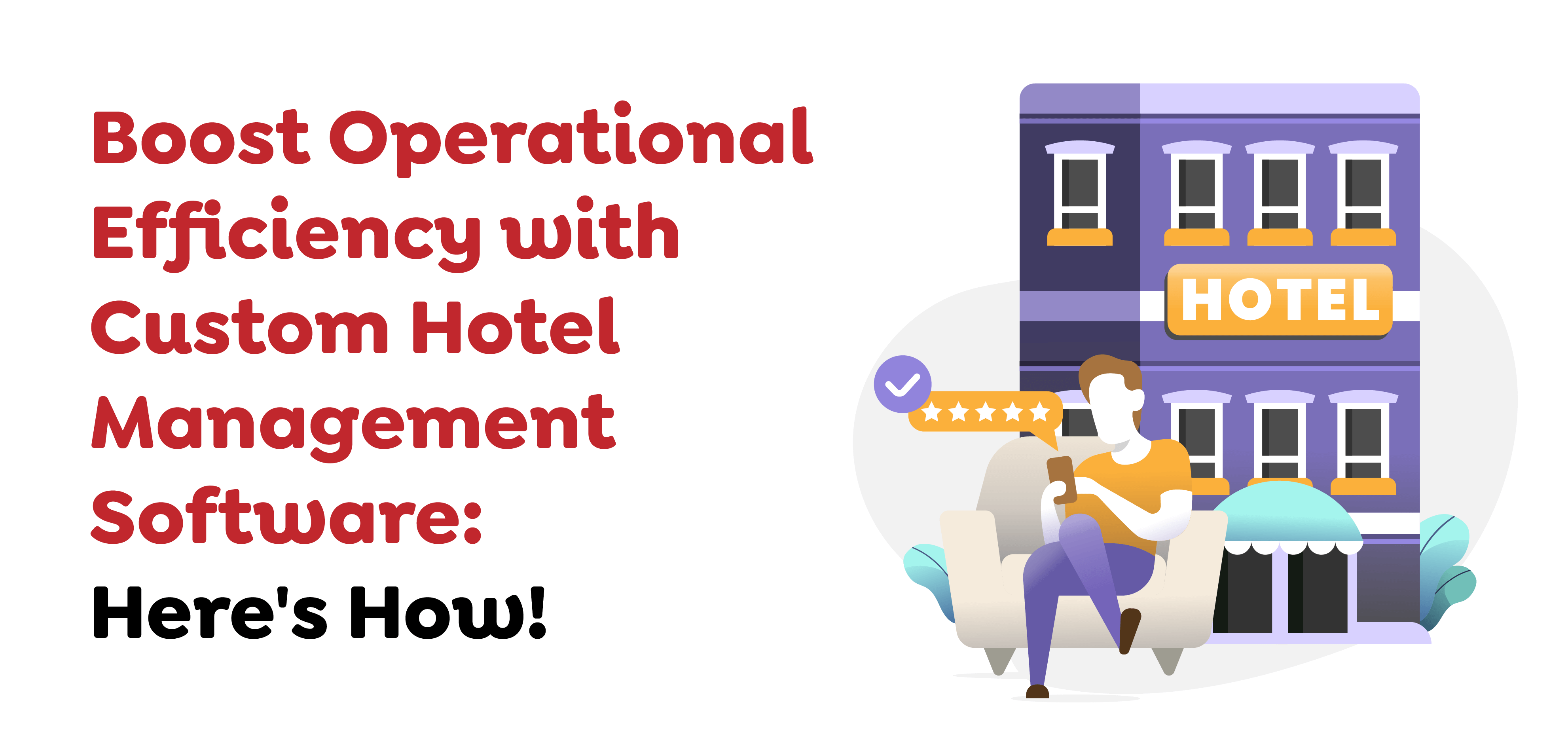
Basic System: This ranges from $20,000 to $50,000.
Mid-Range System: 50,000 to 100,000$
Advanced System: Between 100,000$ and 200,000$
It is always preferable to anticipate possible problems and set realistic goals with the development team to avoid conflicts and delays.
Requirement Analysis and Planning: Between $5000 and $15000.
Development: $50,000-$150,000+
Testing: $10,000-$30,000
Deployment: $5,000-$10,000
Maintenance and Support: $10,000–$30,000 per year.
The cost of development can also differ depending on the location of the development team. There are charges that are probably higher for app developers based in North America and Europe than those based in Asia or Eastern Europe.
Project management is vital to ensuring that the development is done efficiently and that it does not exceed the set costs. The recommended percentage to be used for project management activities is between 10 and 15% of the total project cost.
This is because there is a difference in the cost implications of using open source tools and licensed software. However, tools that are open source and, as such, freely available may be cheaper to purchase but more costly in terms of support and updating.
It’s also important to avoid integrating new features in the midst of the mobile app development process, especially if the new features have not been adequately evaluated, since this can lead to increased costs for the project. Thus, it is recommended to adhere to the initial set of functionalities and contemplate the extension of features in possible updates.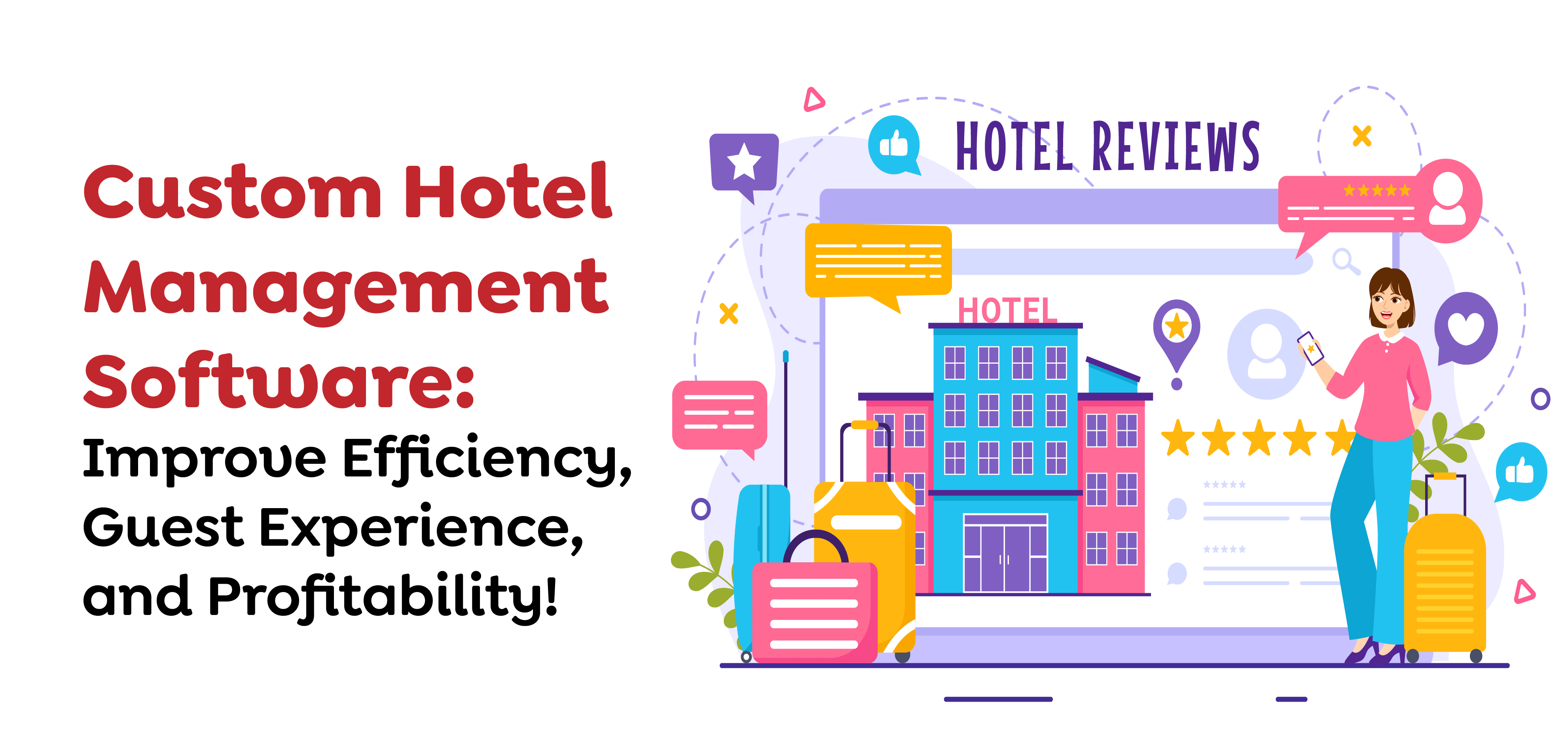
When choosing a technical company to handle the creation of custom hotel management software features, certain qualities of the company should be taken into consideration: the level of expertise and experience of the company, especially in the context of the hospitality industry, and the company’s track record of similar projects.
Techugo is currently the best company able to provide full solutions, ranging from the initial consultation to the provision of maintenance services, in order to provide customized and flexible software. It follows new trends and latest technologies, thus providing the best quality and focusing on end-users. Organizational practices, including project management, communication, and the use of agile approaches, are crucial. Moreover, there are some vital factors, such as intensive testing, enhanced security, adherence to legal requirements, and post-implementation support.
For instance, companies like Techugo that are known to have these qualities offer simple pricing that is clear, provides great value, and adds value to your hotel in the long run for increased productivity.
Creating custom hotel management software features may be rather expensive, but the advantages it offers, including improved management, increased guest satisfaction, and higher revenues, are incontrovertible.
Knowing all the important components of the application, one can get a clearer view of the overall concept and possible costs at each stage of development. This understanding enables stakeholders to understand the existing environment and manage potential hurdles while arriving at a solution that suits the hotel’s needs perfectly.
Regardless of the choice being made between in-house recruiting, outsourcing to other software development companies, or even finding freelance specialists, it is crucial to conduct thorough planning and management. Each process, starting with the formulation of ideas and ending with their implementation, requires cautiousness to prevent potential problems and achieve the best results.
However, what many people fail to realize is that it does not end there, especially when it comes to the launch of the software. The sustenance of the software in the competitive and ever-evolving hospitality industry requires constant assessment, scheduled upkeep, and efficient customer service.
Get in touch with our team of experts to transform your ideas into reality and propel your business growth. Contact us for more details and let us help you achieve your goals.
Write Us
sales@techugo.comOr fill this form